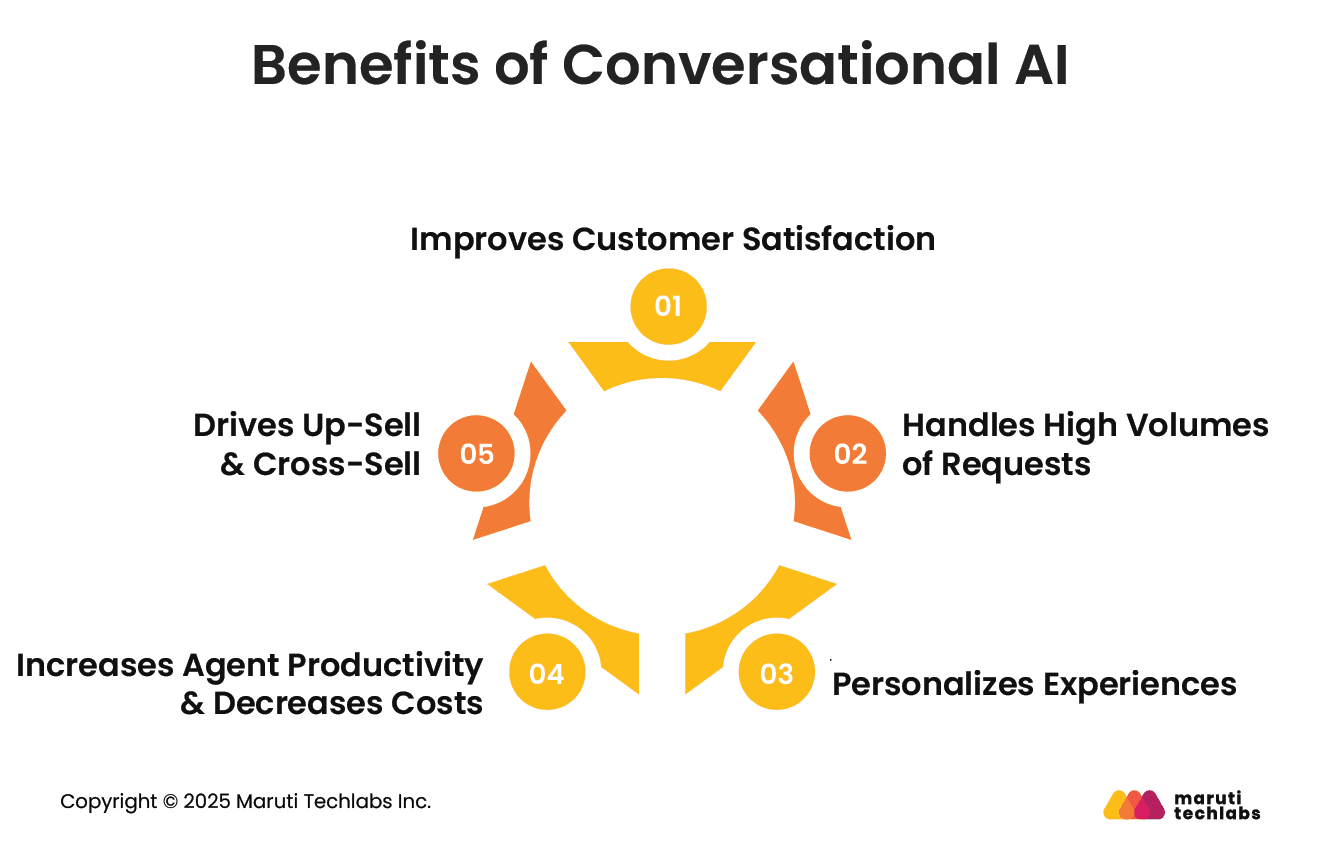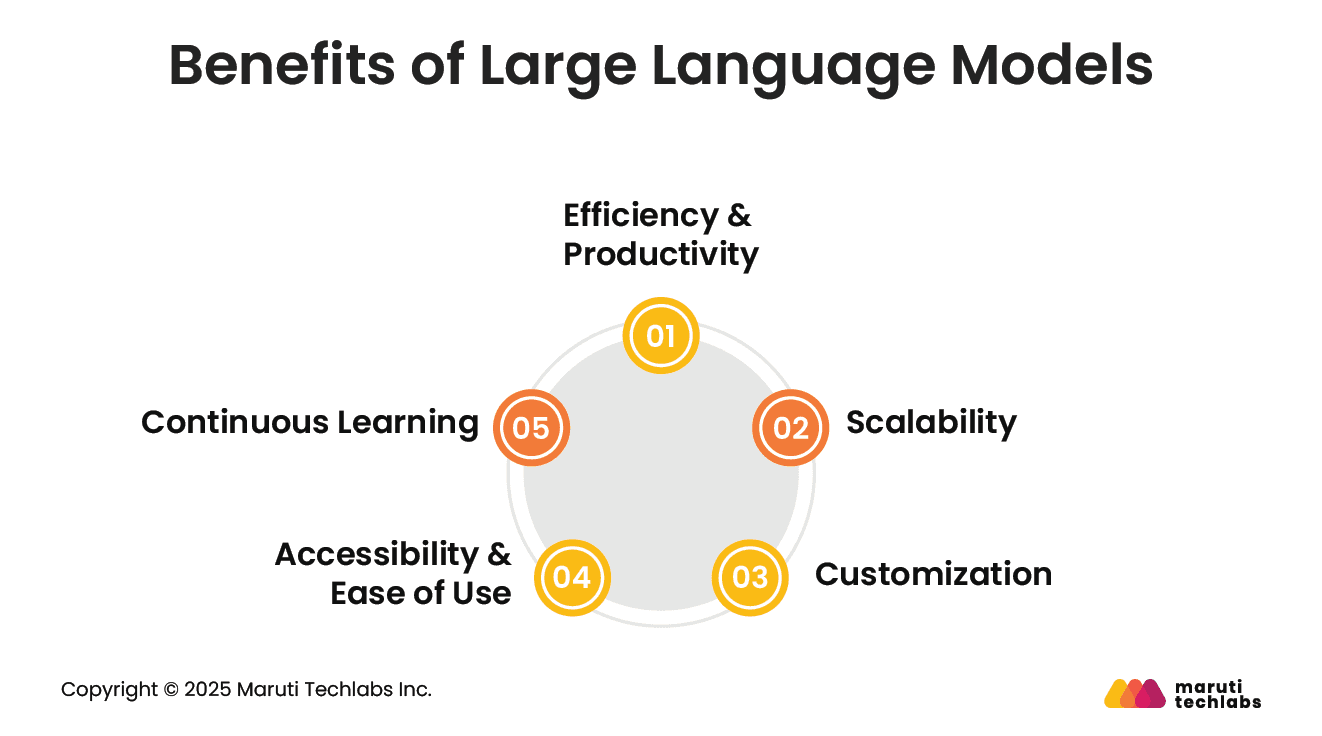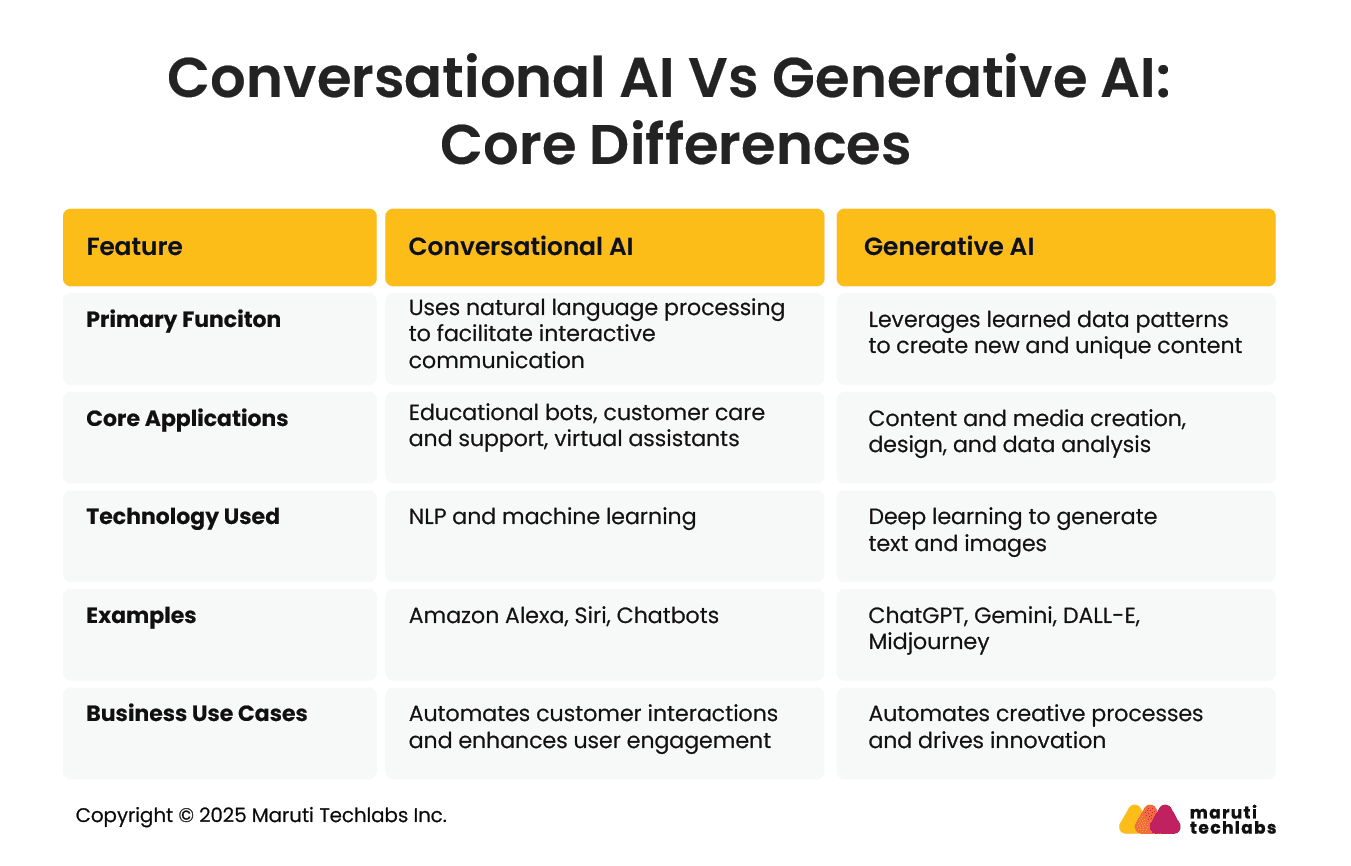

Conversational AI vs LLMs: Key Differences for Business Success and Growth






Artificial Intelligence models have observed the leap of the century. What started as a pre-programmed bot that could only answer a few relevant questions can now have full-fledged conversations.
A Gartner prediction states that agentic AI would autonomously resolve 80% of common customer care issues without human intervention by 2029.
The AI approach is dominated by two key forces: conversational AI and large language models (LLMs) or generative AI (Gen AI). Conversational AI primarily uses bots to enhance human-to-machine interactions. The bot interactions are made more human-like by feeding industry-specific dialogues.
Gen AI models are designed to create original content, workflows, images, and more. Though they, too, are conversational, they serve a different purpose.
In this article, we talk about the differences between conversational AI and LLMs, the rise of hybrid architectures, and their real-world applications.
“Conversational artificial intelligence (AI), in simple terms, is a technology, such as a virtual agent or chatbot, that users can converse with. They imitate human interactions by learning speech or text inputs and translating their interpretations into different languages, utilizing vast amounts of data, natural language processing, and machine learning.”
Conversational AI uses a few principal technologies to function:
Here are the top 5 benefits of using conversational AI.

Large Language Models (LLMs) are large deep learning models pre-trained on vast amounts of data. The underlying transformer consists of neural networks that possess an encoder and decoder powered with self-attention capabilities. The encoder and decoder extract meanings from texts and identify the relationships between words and phrases.
A key attribute of how LLMs work is the way they represent words. Earlier versions of machine learning used numerical tables to present words. But this posed a limitation in understanding words with similar meanings.
This limitation was overcome by using word embeddings or multi-dimensional vectors. This approach allowed us to arrange words with similar contextual meanings or other relationships closer in vector space.
Word embeddings help transformers pre-process texts, which are numerical representations through the encoder. It understands the contexts behind words or phrases that have the same meaning and other relationships between words, such as parts of speech. It then allows LLMs to implement this knowledge using a decoder to generate a unique output.
Let’s observe the top 5 advantages of LLMs.

To know which one’s best for you, it’s essential to learn the difference between conversational and Gen AI.
Conversational AI is a boon for customer service and learning apps, proficient in handling on-the-spot talks. In contrast, Gen AI is adept at developing innovative content, designs, and software.
Conversational AI enhances user experiences, while Gen AI brings creativity to digital spaces.
Here is a list of differences between the two AI models.

Hybrid AI offers a mix of machine learning models and rule-based systems. It creates a powerful and versatile learning framework when compared to traditional systems, which rely on data-driven ML or predefined rules.
Hybrid AI’s capability to ensure accuracy and explainability while grasping huge volumes of data via ML is what sets it apart. This combination of learning with rules allows the system to handle cumbersome tasks with added efficiency and predictability.
Rule-based components equip the system with domain-specific knowledge to make logical deductions. On the other hand, ML components provide the flexibility to adapt based on data, enabling the handling of unusual situations. This helps develop a robust AI system merging deterministic (rule-based) and probabilistic (ML) models.
Let’s understand this with an example.
Hybrid AI can also offer its services in numerous other fields. For instance, Palantir’s predictive police solution uses ML to detect crime hotspots and rule-based models to uphold compliance with legal and policy limits.
Also, companies like ZestFinance leverage hybrid AI to appraise loan applications in fintech. The models adhere to regulatory requirements, minimizing risks and biases in decision-making.
Hybrid AI has a lot to offer, mainly because it combines the best of both worlds, i.e., a rule-based system and machine learning. It provides a distinctive blend of accuracy, interpretability, and scalability to a range of industries.
Let’s observe the impact of conversational AI and Gen AI with some notable real-world use cases.
Gen AI is transforming customer engagement. For instance, a highly successful bank offers personalized financial counselling to its customers with Gen AI. It does this by closely examining individual customer data. AI then generates custom investment strategies and savings plans, aiding customer satisfaction.
In insurance, Gen AI helps automate underwriting and claims processing. It enables quick decision-making by reducing the risks of human error through the examination of historical data and the creation of risk profiles. This not only aids efficiency but also ensures accurate risk assessments and pricing.
Financial organizations employ conversational AI to offer personalized financial advice. For instance, enterprise chatbots can learn a customer’s spending habits and suggest financial products or services, answer queries related to their accounts, and more. It not only enhances customer satisfaction but also aids financial advisors.
Conversational AI for insurance automates customer interactions and claims processing. A renowned insurance provider has implemented AI to manage claims registration, policy inquiries, and renewals using voice and chat interfaces. It helps customers not only with processing claims but also by answering their policy-related questions in real-time, thereby boosting operational efficiency and customer satisfaction.
Appointment scheduling, medication reminders, and inquiries related to procedures and care are some of the ways conversational AI revolutionizes patient care. In addition, these virtual agents can manage routine inquiries, allowing medical staff to concentrate on other essential patient-related tasks.
Conversational AI and LLMs both play a significant role in customer support, but their strengths differ. Conversational AI excels in structured, rule-based interactions that require consistency and compliance, while LLMs shine in handling dynamic, complex queries with human-like responses.
Businesses must assess their needs, whether they value reliability and control or adaptability and personalization. Combining both technologies can deliver the best results, offering a balance between efficiency, accuracy, and customer satisfaction.
As part of modern Generative AI adoption, determining the right AI approach for your business requires clarity. Choose Conversational AI when you need predictable, rule-driven interactions with compliance in mind. Opt for LLMs when customer queries are diverse, complex, and require natural, human-like responses. A hybrid approach ensures scalability, efficiency, and personalized engagement.
At Maruti Techlabs, our Artificial Intelligence Services help businesses implement cutting-edge AI solutions tailored to their customer support needs, whether through Conversational AI, LLMs, or a hybrid strategy.
Let us empower your business with more innovative, scalable, and customer-focused AI solutions. Get in touch today!
Not sure where to begin? Use our AI Readiness Calculator to evaluate how prepared your organization is to implement AI successfully.
Conversational AI relies on NLP to understand, interpret, and generate human language. NLP provides the foundation for breaking down text or speech into structured data that machines can process. Together, they enable conversational AI to engage in natural, context-aware interactions with users across multiple platforms.
Yes, ChatGPT is a conversational AI powered by large language models. It uses advanced natural language processing to generate context-aware, human-like responses. Unlike simple chatbots, ChatGPT adapts dynamically to queries, making conversations more fluid, natural, and personalized, which enhances customer support, learning, and problem-solving experiences.
A chatbot is a rule-based system that follows predefined scripts to answer specific queries. Conversational AI, however, uses NLP and machine learning to understand intent, handle complex or ambiguous inputs, and learn from interactions. This makes conversational AI more adaptive, human-like, and scalable compared to basic chatbots.


